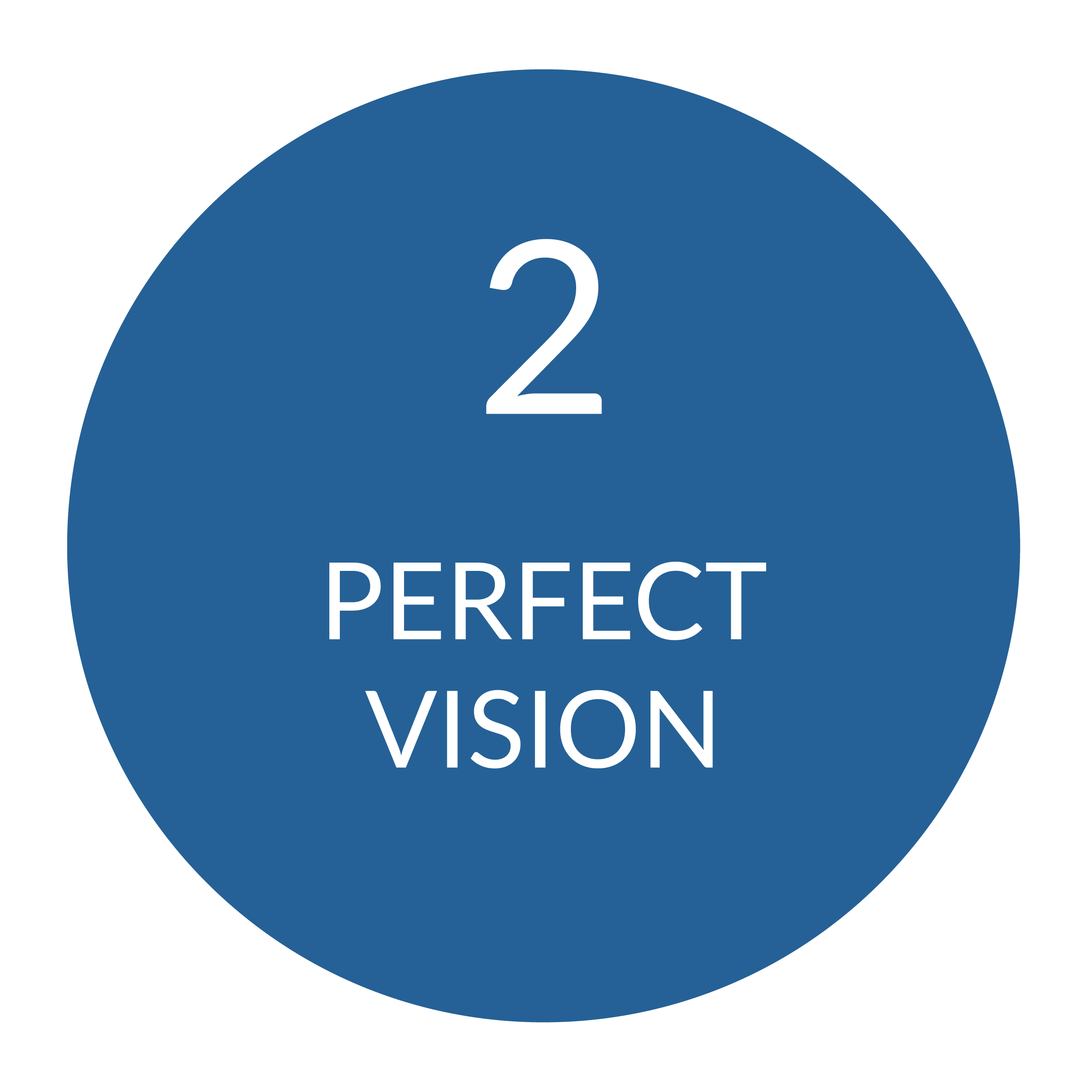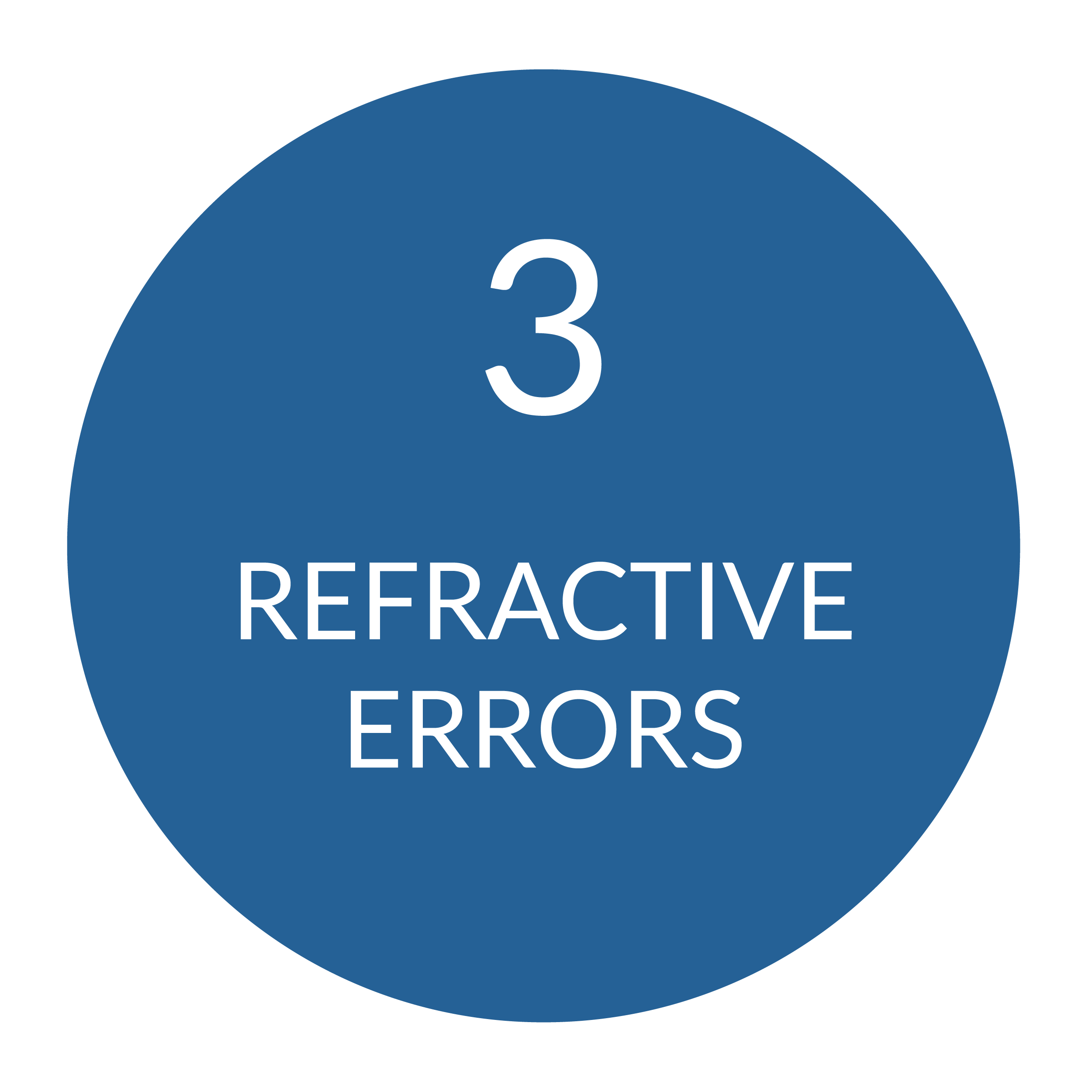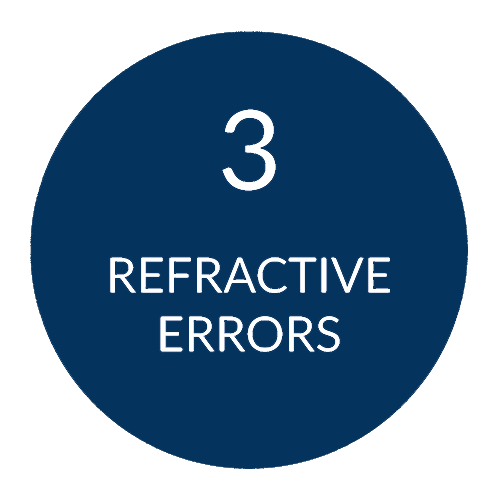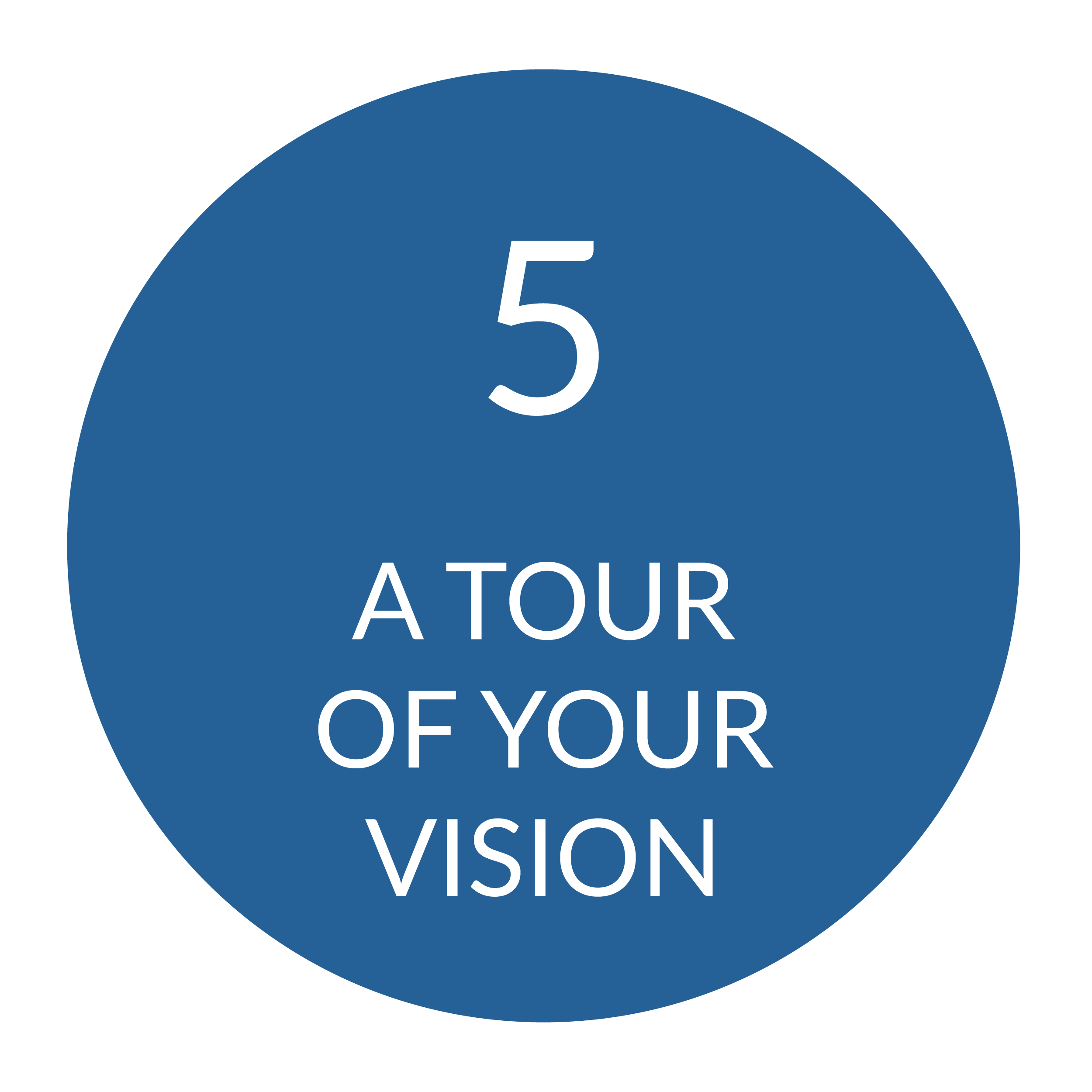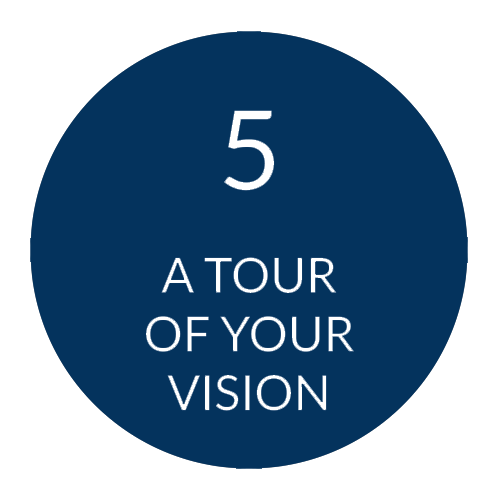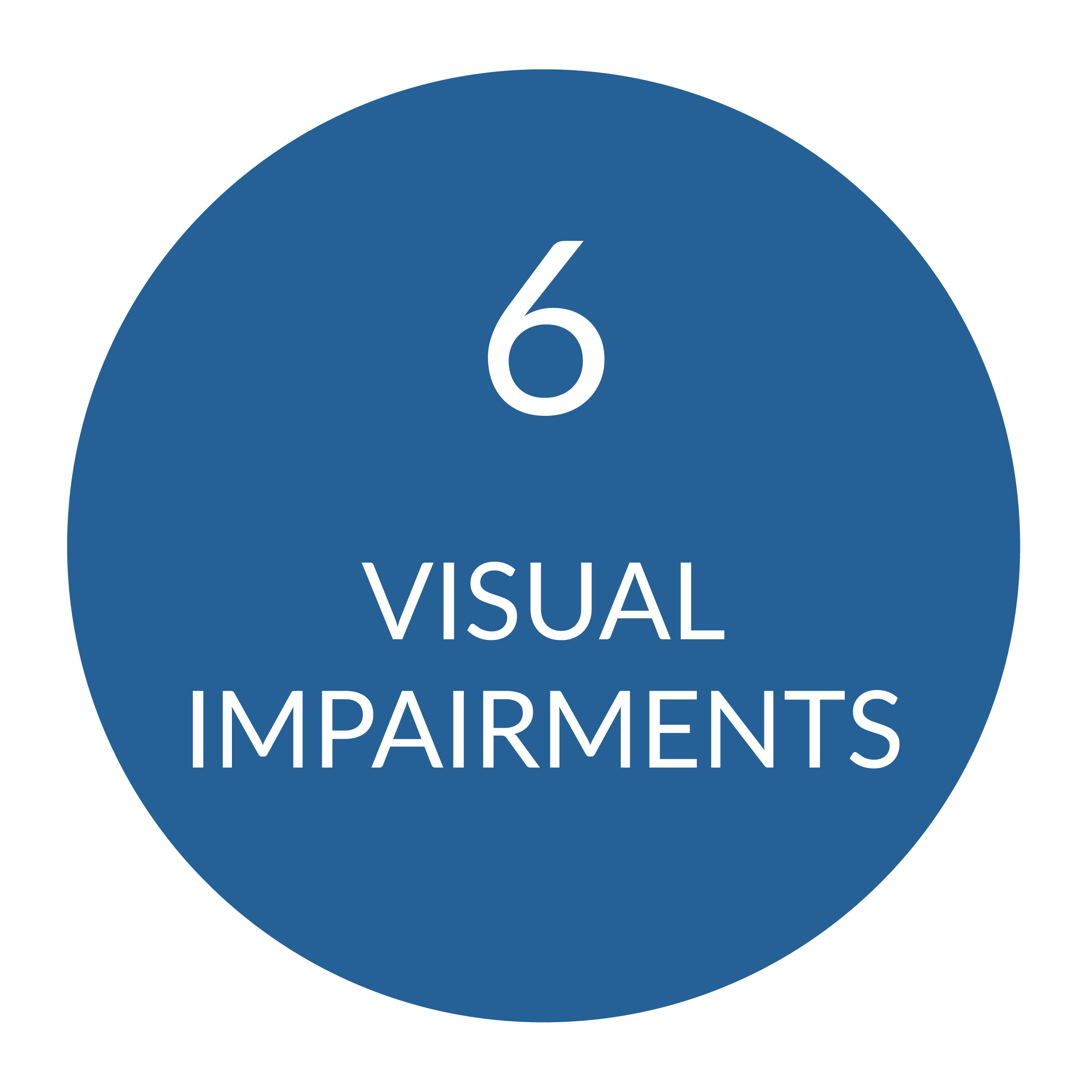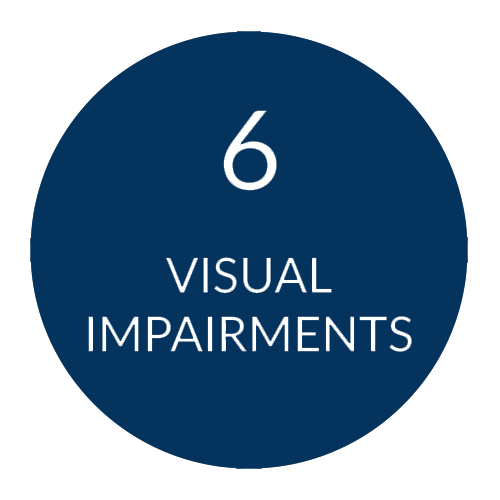FOUNDATIONS OF VISION - 20/20 "PERFECT" VISION
Let’s break down what 20/20 “perfect” vision really means. TLDR: it’s only a tiny part of the whole story of how your eyes and brain work together.
How Much Vision Do You Actually Have?
First, think about this: when you’re looking straight ahead and stretch your arms out to your sides, your total visual field spans about 180–190 degrees; about half of a full circle around you.
But how much of that is your so-called “perfect” 20/20 vision?
Try this: wiggle your fingers out at arm’s length. As they move out to the sides, you can still sense them, but can you see details? Probably not. Your vision gets worse the farther from the center you go.
Most people guess that 20/20 vision covers 30 degrees or so. But the reality? Only 1–2 degrees of your visual field - right at the center - is truly 20/20 sharp.

The Reality of 20/20
Here’s what happens in your vision:
- Center (1–2 degrees): Sharp, detailed, “perfect” vision - what the eye chart measures.
- 10 degrees out: Vision drops to around 20/100 - about five times worse.
- 20 degrees out: Near 20/200 - the size of that huge “E” at the top of the chart.
So when your eye doctor tests your vision and says it’s 20/20, they’re really testing that tiny central spot and assuming the rest works fine.
What’s Peripheral Vision For?
Your blurry peripheral vision isn’t useless. Far from it. It detects motion and contrast. It tells you, “Hey, look over here!” Without it, you’d have no cue to turn your head or shift your focus.
That’s why losing peripheral vision can be so dangerous. You lose the alerts that help you react to your environment.
How Big Is a Degree?
A full visual field is easy to picture: half a circle. But what does 1 degree look like in real life?
Here’s a simple trick:
- Your pinky at arm’s length ≈ 1 degree.
- Middle three fingers at arm’s length ≈ 5 degrees.
- Whole hand at arm’s length ≈ 10 degrees.
So your 1–2 degrees of 20/20 vision is about the width of your pinky finger at arm’s length. That’s only a tiny slice of your world.

Your Visual Field Test Doesn’t Test It All
If you’ve had a visual field test (like a 24-2 or 30-2), you might think it checks your entire visual field. But those tests measure only a small window in front of you, not the full 180+ degrees.
So problems at the edges? They can easily go undetected.
Where Did 20/20 Vision Come From?
So who decided this tiny spot means your vision is “perfect?” Back in the 1860s, Dutch ophthalmologist Herman Snellen created the familiar eye chart. At the time, eye doctors each used their own system, so Snellen set out to standardize it.
He used simple trigonometry to size letters so they’d appear at a certain size at a set distance and called that normal. It worked well enough back then, and we still use it today.
But think about this: what else from the 1860s still defines “perfect” in your life today?

If You Can See 20/20 at 6 Months Old…
Here’s another eye-opener: babies can reach 20/20 vision around six months old.
But at six months:
- Babies aren’t walking.
- They aren’t reading.
- They aren’t playing catch or reading music.
So is a six-month-old’s vision “perfect?” Not really. Seeing clearly is just the start. Real vision is how your eyes and brain work together to help you function.
Your Eyes Feed Your Brain
Roughly two-thirds of the data entering your brain comes in through your eyes. But your eyeballs don’t actually see, they just capture light and send signals down the optic nerve. Your brain does the heavy lifting.
When that visual data reaches your brain’s visual cortex, about one-third branches off to other parts that control balance, motion, posture and more.
Example: stand on one foot and close your eyes. It gets way harder, right? That’s your vision keeping your whole body stable - and it has nothing to do with reading tiny letters.
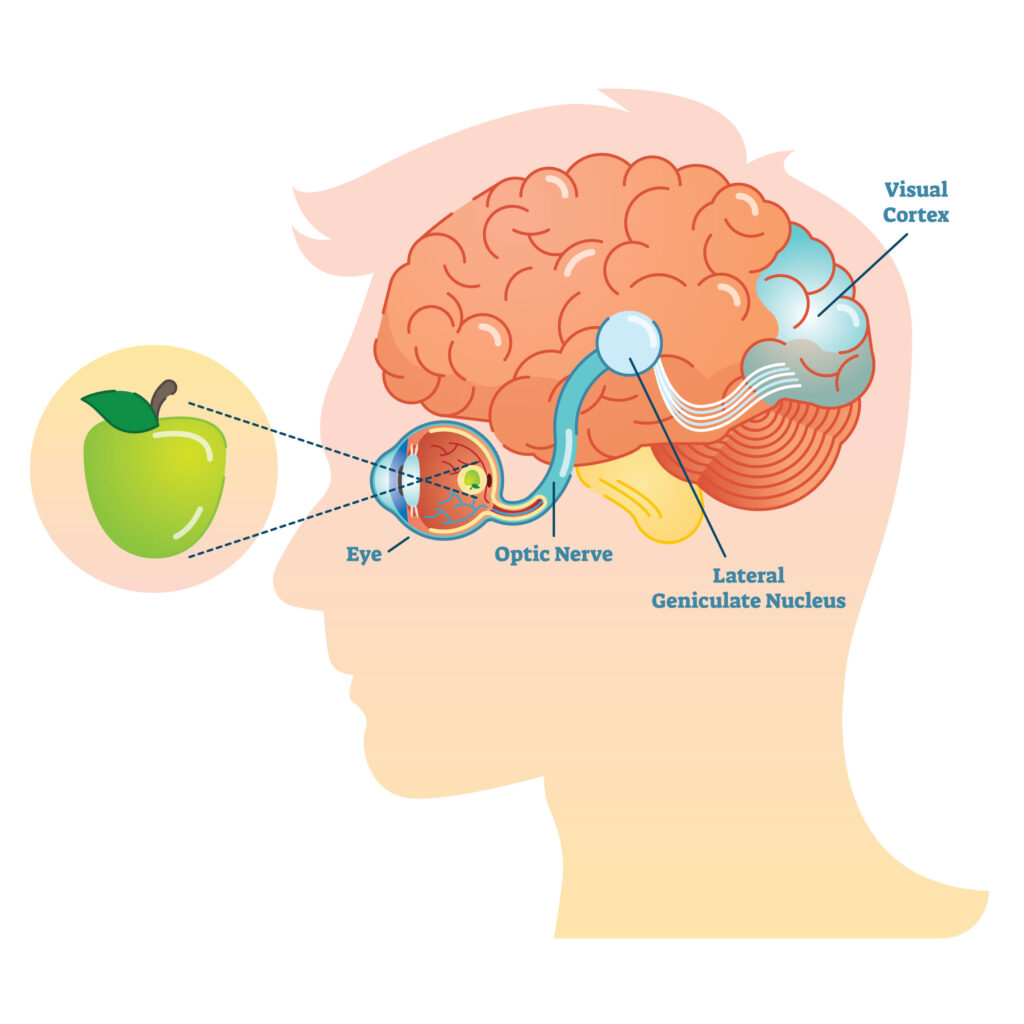
What Happens After 20/20?
After hitting 20/20 as a baby, you spend decades building the skills that vision makes possible: reading, driving, catching a ball, playing an instrument. These rely on your eyes teaming up, tracking smoothly and processing information fast.
A simple eyesight test can’t measure all that. If your eyes don’t work well together, you might read slowly, get headaches or struggle with sports - even if you technically see “perfectly.”
The Big Picture
20/20 is important, but it’s only the tip of the iceberg. Your true vision is what happens when your eyes and brain connect to help you learn, move and experience the world.



